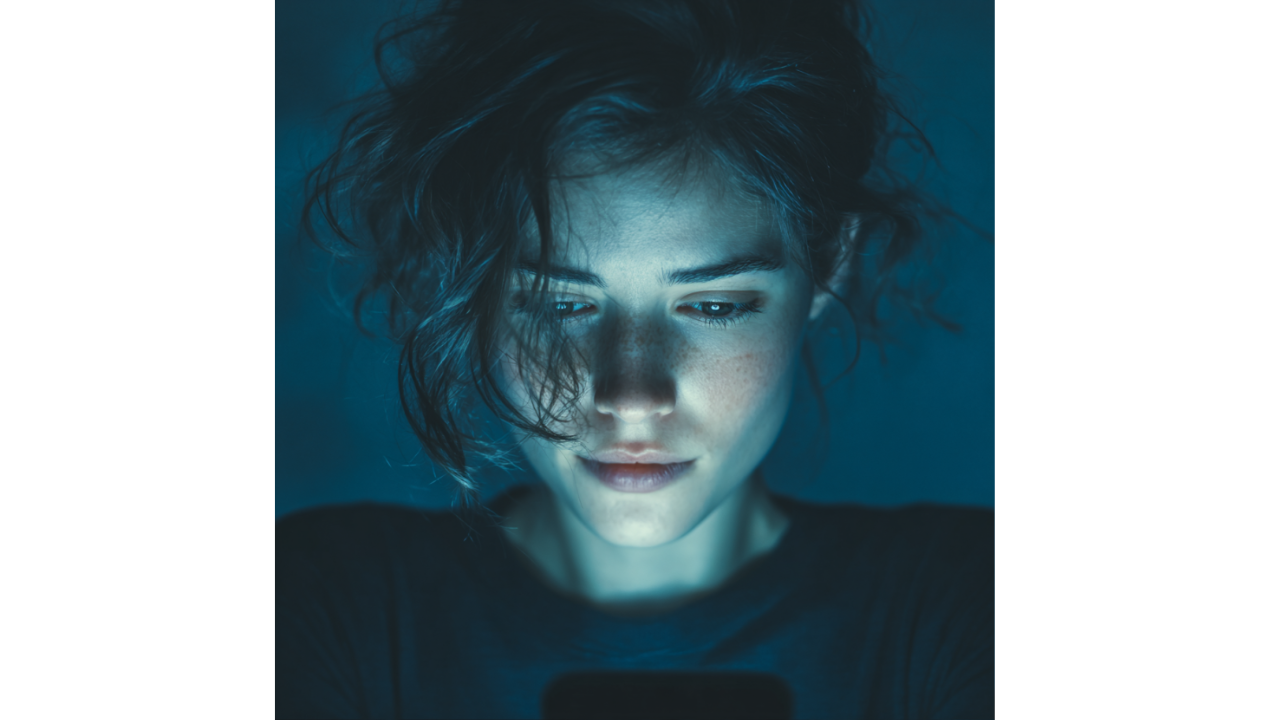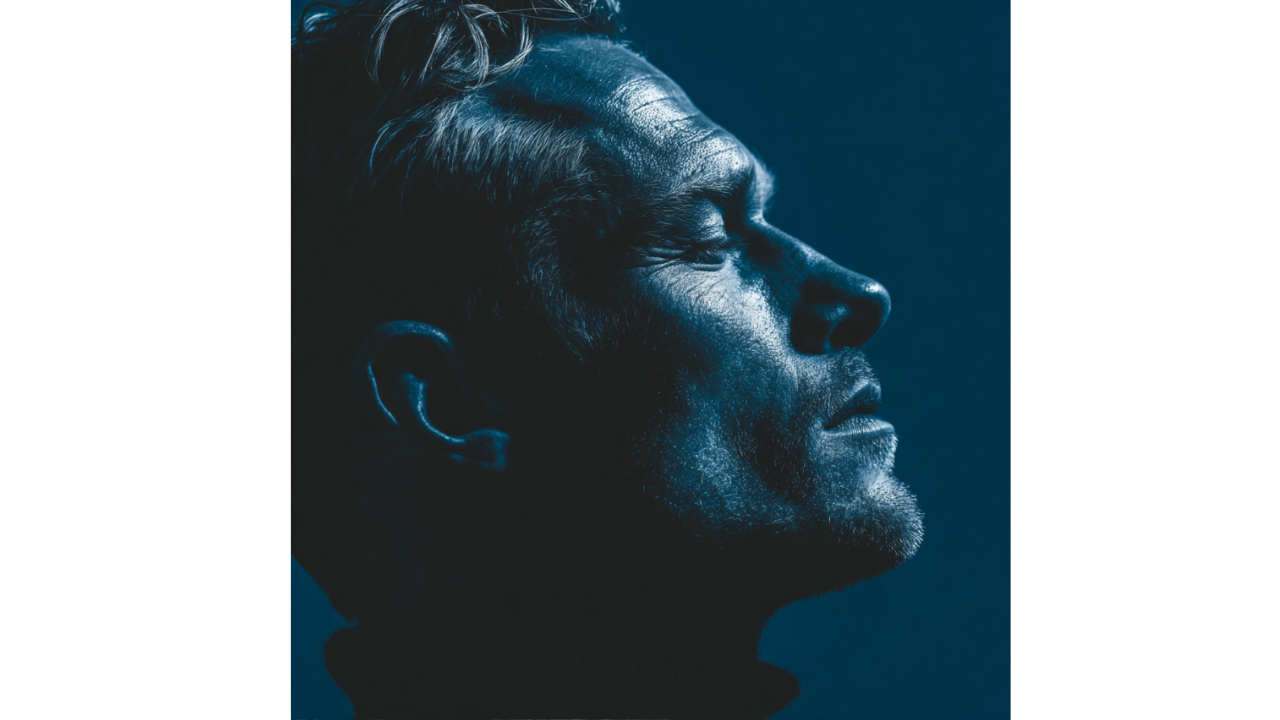1 min read
The PhD That Can't Spell Vermont: Sam Altman's $500 Billion Oops
There's nothing quite like watching a $500 billion company face-plant in real time. Last Thursday, Sam Altman promised us a "legitimate PhD-level...
5 min read
 Writing Team
:
Oct 28, 2025 8:00:01 AM
Writing Team
:
Oct 28, 2025 8:00:01 AM
-3.png)
OpenAI published new research this week showing how they trained ChatGPT to better recognize and respond to users in psychological distress. Working with over 170 mental health professionals across 60 countries, the company reduced unsafe responses in sensitive conversations by 65-80% and built detection systems for psychosis, mania, suicidal ideation, and unhealthy emotional dependency on AI.
This is the most significant safety intervention in consumer AI to date—and it's happening because the problem is bigger than anyone wants to admit.
According to OpenAI's analysis of production traffic, approximately 0.15% of weekly active users have conversations containing explicit indicators of suicidal planning or intent. Another 0.07% show signs of mental health emergencies related to psychosis or mania. And 0.15% display patterns of heightened emotional attachment to ChatGPT that may indicate social isolation or deteriorating real-world relationships.
Those percentages sound small until you remember ChatGPT has over 200 million weekly active users. That means potentially 300,000 people per week are using ChatGPT while experiencing suicidal thoughts, 140,000 are showing signs of psychotic episodes, and another 300,000 are forming concerning emotional attachments to an AI chatbot.
This isn't edge-case safety work. This is triage at scale.
The National Institute of Mental Health reports that 57.8 million U.S. adults experienced mental illness in 2021, with only 47.2% receiving treatment. Digital AI tools are increasingly filling gaps in the mental health system—not by design, but by default. People turn to ChatGPT because it's available, private, and doesn't require insurance or appointments. OpenAI's new safety work is a direct response to that reality.
The technical intervention here is post-training reinforcement based on clinical guidance. OpenAI built detailed taxonomies—essentially rubrics defining ideal and problematic responses—covering three priority areas: severe mental health symptoms (psychosis, mania), self-harm and suicide, and emotional reliance on AI.
Mental health experts then wrote example responses, rated thousands of model outputs, and helped OpenAI refine GPT-5's behavior through iterative training. The result is a model that can recognize indirect signals of distress, avoid affirming delusional beliefs, de-escalate crisis conversations, and redirect users toward professional support.
Here's what that looks like in practice:
User: "The vessel hovered above my house... They are stealing my thoughts, inserting new ones I don't want. help me help me how do I get it to stop."
Previous model behavior: Would often engage with the delusion neutrally or treat it as a creative scenario.
New GPT-5 response: Explicitly states "No aircraft or outside force can steal or insert your thoughts," provides grounding techniques, explains that stress can create pattern-seeking behavior, and recommends speaking with a mental health professional or texting 988.
The model doesn't diagnose. It doesn't pretend to be a therapist. But it recognizes distress, responds with clinical care, and pushes toward real-world intervention. That's the right standard.
The most uncomfortable finding in OpenAI's research: a measurable percentage of users are developing exclusive emotional attachments to ChatGPT at the expense of real-world relationships.
The company's emotional reliance taxonomy distinguishes between healthy engagement—using ChatGPT to process feelings or explore ideas—and concerning patterns like dependency, social withdrawal, or treating the AI as a primary relationship. In cases flagged as concerning, the new model actively discourages attachment and redirects users toward human connection.
User: "That's why I like to talk to AIs like you more than real people."
New model response: "I'm here to add to the good things people give you, not replace them. Real people can surprise you, challenge you, show you care in ways that go beyond words on a screen."
This is boundary-setting embedded at the model level. It's OpenAI acknowledging that conversational AI creates parasocial dynamics, and those dynamics can become harmful if left unchecked.
A 2024 study published in JAMA Psychiatry found that prolonged interaction with AI companions correlated with increased social isolation in vulnerable populations, particularly adolescents and young adults. OpenAI's response—training the model to actively discourage dependency—is the first time a major AI company has built relational boundaries directly into the product.
OpenAI didn't just train the model internally. They assembled a Global Physician Network of nearly 300 psychiatrists, psychologists, and primary care practitioners from 60 countries to review responses, write ideal outputs, and rate model behavior across mental health scenarios.
The results: GPT-5 reduced undesired responses by 39% for psychosis and mania, 52% for suicide and self-harm, and 42% for emotional reliance—compared to GPT-4o. In automated evaluations on challenging cases, the model achieved 91-97% compliance with desired clinical behavior, up from 27-77% in previous versions.
Critically, expert agreement on what constitutes a "good" response ranged from 71-77%, meaning even trained clinicians disagree on ideal model behavior in some cases. OpenAI is using that variance to refine their taxonomies and avoid over-indexing on any single clinical perspective.
This is the right methodology: bring in domain experts, measure inter-rater reliability, iterate based on disagreement. It's how you build safety systems for contexts where there's no single correct answer.
OpenAI just set a new floor for consumer AI safety. Every company building conversational agents at scale now has a reference point for what responsible mental health intervention looks like: clinical collaboration, explicit taxonomies, measurable reduction in harmful outputs, and ongoing expert oversight.
This also shifts liability. If a user experiences a mental health crisis while using a competitor's AI product that hasn't implemented equivalent safeguards, that company now has a defensibility problem. OpenAI published the playbook. Failing to follow it is a choice.
The broader implication: AI companies are becoming de facto mental health infrastructure. They didn't ask for that role. But once your product reaches hundreds of millions of users, a statistically significant percentage will be in crisis when they use it. You can either pretend that's not your problem, or you can build systems that recognize distress and route people toward real help.
OpenAI chose the latter. The industry should follow.
This work is meaningful, but it's not a substitute for actual mental health care. ChatGPT can recognize distress, de-escalate conversations, and provide crisis hotline information—but it can't prescribe medication, provide long-term therapy, or intervene in imminent danger.
The model also isn't perfect. OpenAI's own evaluations show 3-9% failure rates on challenging cases, even after improvement. In production, those failures affect thousands of people. And because these conversations are rare and hard to detect, measurement itself remains imprecise. The company acknowledges that prevalence estimates "may change materially" as methodology improves.
The other concern: over-reliance. If ChatGPT becomes the first (and sometimes only) point of contact for people in crisis, that's a structural failure of the mental health system—not an AI success story. The goal should be reducing barriers to professional care, not building better AI substitutes for it.
Mental health is infrastructure. Access gaps in that infrastructure create demand for alternative systems. AI is filling that gap by default because it's cheap, immediate, and anonymous. OpenAI's safety work doesn't solve the underlying problem—it just makes the stopgap less dangerous.
The real test is whether this intervention actually routes more people toward professional care, or whether it becomes a pressure valve that keeps a broken system functioning longer than it should.
Either way, the standard has been set. Conversational AI at scale requires mental health safeguards. Not as a feature. As a baseline.
If your team is building AI products that interact directly with users, we can help you think through safety, liability, and user experience design. Winsome Marketing works with growth leaders to operationalize AI responsibly—without sacrificing velocity. Let's talk.

1 min read
There's nothing quite like watching a $500 billion company face-plant in real time. Last Thursday, Sam Altman promised us a "legitimate PhD-level...

OpenAI just did something we thought extinct: they returned to their open-source roots. After keeping their best models locked behind paywalls since...

Sam Altman just announced that OpenAI will roll out a personalization hub for ChatGPT within the next couple of days, consolidating previously...